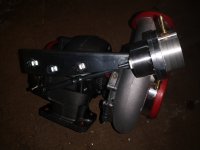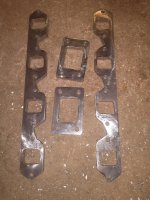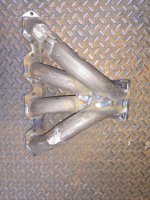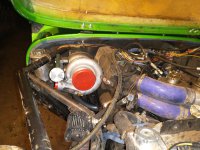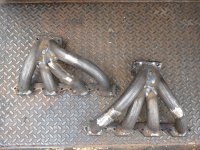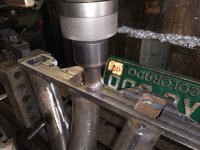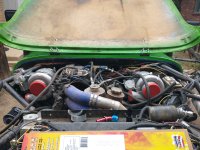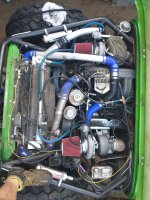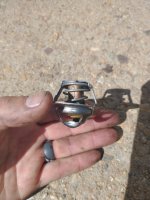First world problems...
In between the last go-round of exhaust on this thing, and this go-round, my computer that talks to my mill, has crapped out. Have to find another antique (and teach it to speak 1981 CNC mill-ish) to get the mill running, to make another set of header flanges, another set of turbo flanges, and whatever other dumb stuff I decide I want along the way. Probably not a lot else there, that's enough dumb for one project iteration.
While I'm grumbling about first world problems, whoever decided that quarter-sizes on V-band clamps were a good thing, can go fawk off far away. And when they get there, fawk off some more. Stupid stupid stupid. 2.25" on the compressor outlet, 3.25" on the exhaust outlet. Normal sizes would've been easy, but nooooo..... and the Amazon "aluminum" 2.25" V-band flanges I got, are mildly magnetic, and a lot heavier than I'd expect for their size. I've been looking for an aluminum magnet for years, finally found one. Or not.
